Ishidatami Michi (Stone-paved Road)
Ishidatami Michi (石畳道) – Stone-Paved Road in Kinjo-cho, Shuri The Shuri Kinjo-cho Stone-Paved Path is a preserved section of an old road located in Kinjo-cho, Shuri, Okinawa, Japan. This stone …
Read more実戦空手
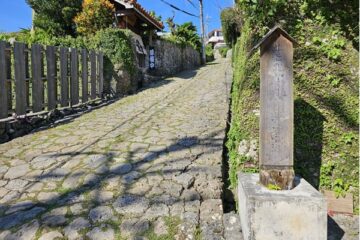
Ishidatami Michi (石畳道) – Stone-Paved Road in Kinjo-cho, Shuri The Shuri Kinjo-cho Stone-Paved Path is a preserved section of an old road located in Kinjo-cho, Shuri, Okinawa, Japan. This stone …
Read more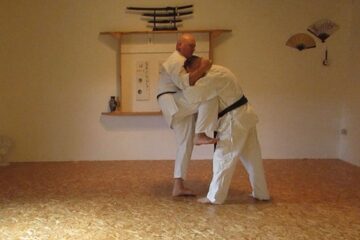
How to Adapt Classic Karate Techniques to Realistic Self-Defense Situations Karate, a martial art with deep roots in tradition and discipline, is often associated with its iconic stances, punches, and …
Read more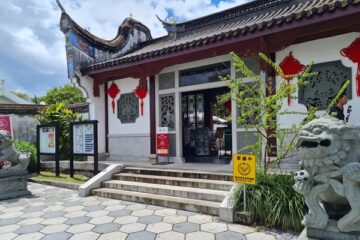
Historical Background Fukushuen Garden was built in 1992 to mark two events: the 70th anniversary of Naha City’s founding and the 10th anniversary of its sister city relationship with Fuzhou …
Read more
Kihon is the foundation of Karate. It builds technique, power, and control. However, if kihon is practiced in a rigid and unrealistic way, it becomes useless in real combat. To …
Read more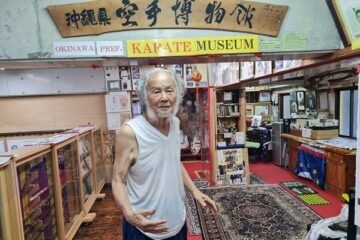
A Life in Martial Arts While visiting Okinawa, I had the honor of meeting Tetsuhiro Hokama. He welcomed me warmly and took the time to share his deep knowledge of …
Read more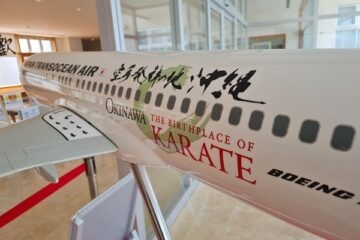
The Okinawa Karate Kaikan in Tomigusuku, near Naha Airport, is a large facility dedicated to the practice, education, and preservation of Okinawan karate. It serves both experienced practitioners and beginners, …
Read more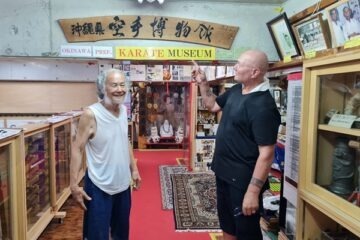
The Okinawa Prefecture Karate Museum, founded by Tetsuhiro Hokama (Hanshi 10th Dan), is located in Uehara, Nishihara, Nakagami District, Okinawa, Japan. It is situated on the second floor of Hokama …
Read more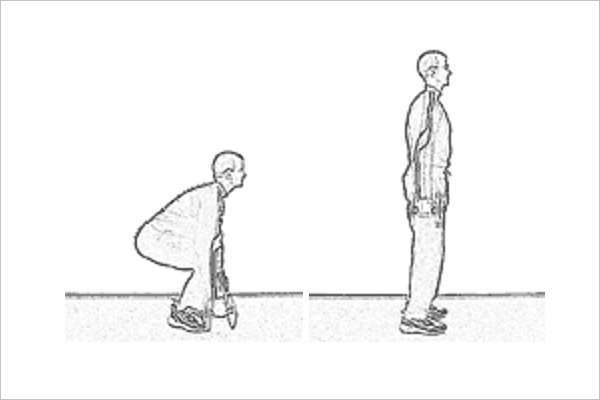
Building strong and powerful legs is crucial for martial artists. Stronger stances, better kicking power, and improved movement control are all benefits of developing powerful legs. This guide introduces four …
Read more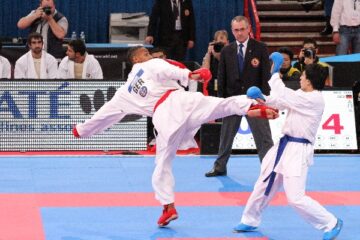
Effective combat strategy in martial arts requires a combination of observation, timing, and tactical execution. Understanding how to read your opponent and control the fight’s pace is essential. The following …
Read more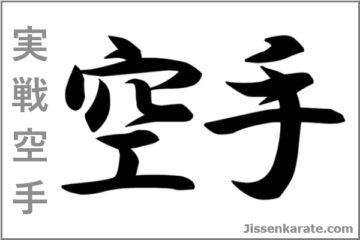
Exploring the Interconnection Between Shorin and Shorei in Okinawan Martial Arts Introduction Okinawan martial arts are renowned for their depth, diversity, and philosophical foundations. Central to these traditions are the …
Read more